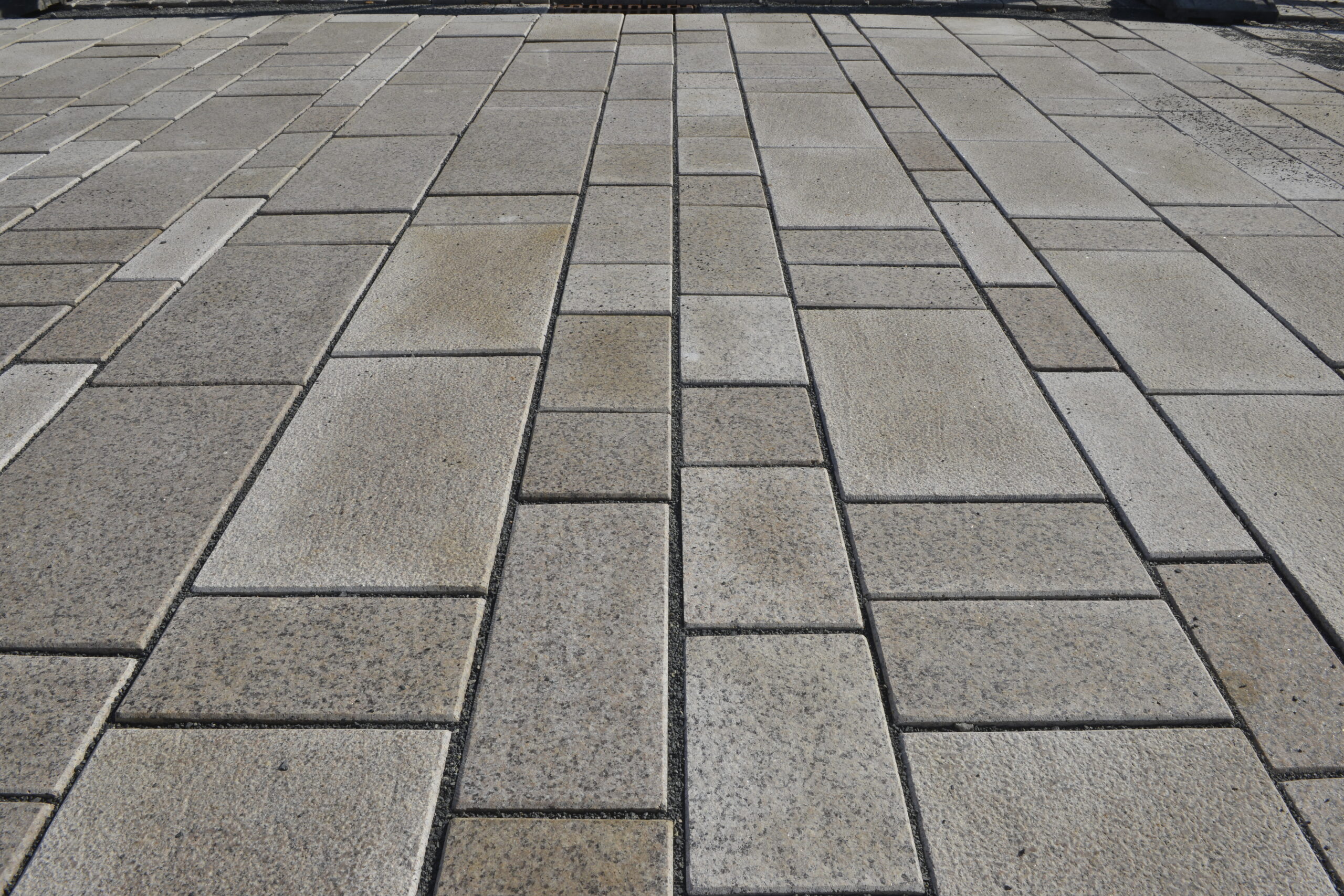
Inspection for rust susceptibility according to DIN 52008:2006-03
reading time - 5 minINFO Series: Natural Stone Testing

Testing method for natural stone – Assessment of weather resistance, Section 4.4.9.2.2
The assessment of the rust risk of natural stone according to DIN 52008:2006-03 serves to evaluate the tendency of natural stones to develop rusty discolorations or damage due to iron compounds contained in the stone. This is particularly relevant for natural stones used outdoors, where they are regularly exposed to moisture and weather conditions. Natural stones that contain iron compounds can develop rust stains when exposed to moisture, which primarily affects their aesthetics. When these minerals come into contact with water and oxygen, they oxidize and form rust.
The assessment according to DIN 52008:2006-03 evaluates the behavior of natural stone concerning rust discolorations and damage. This analysis helps builders, architects, and planners select suitable natural stones and avoid long-term damage and discoloration.
Testing procedure according to Section 4.4.9.2.2 of DIN 52008
1. Sample preparation: Five hand pieces (approximately 150 to 350 g) are taken from the natural stone to be tested. These samples are examined for their surface structure and any existing discolorations and are labeled accordingly.
2. Execution: The samples are placed in a humid environment for 28 days to simulate the influence of water on the stone. Moisture can cause the oxidation of iron compounds in the stone, leading to rust stains. To achieve this, the samples are submerged halfway in water and covered on top to ensure high humidity.
3. Observation of discolorations: After the moisture exposure period, the samples are examined for signs of rust discolorations or efflorescence. Rust often appears as yellowish-brown to reddish-brown spots or changes on the surface of the stone.
4. Assessment of rust susceptibility: Based on the results of the examination, the stone is classified as rust-susceptible or rust-resistant. Stones that are prone to rust formation should be avoided in outdoor areas or in locations with high moisture exposure.
A positive assessment according to DIN 52008 means that the stone is resistant to rust formation and suitable for use in damp or weather-exposed areas.
Further information
If you have any further questions or need information specific to your project, please feel free to contact us anytime via our contact form or send us a message at mail@besco-gmbh.de. We will get back to you promptly.
Also, take a look at past sections of natural stone testing and learn more about the tests for water absorption, bending strength, and compressive strength. More exciting content awaits you in upcoming posts in the INFO Series: Natural Stone Testing.
We would be happy to inform you about the latest
topics and innovations relating to natural stone.
ARTICLES ABOUT THIS TOPIC
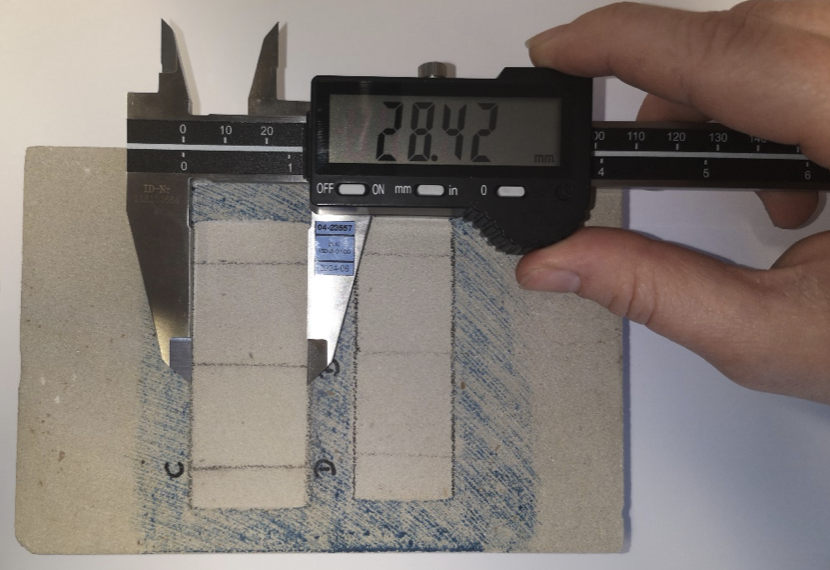
reading time – 5 min

reading time – 4 min

reading time – 3 min
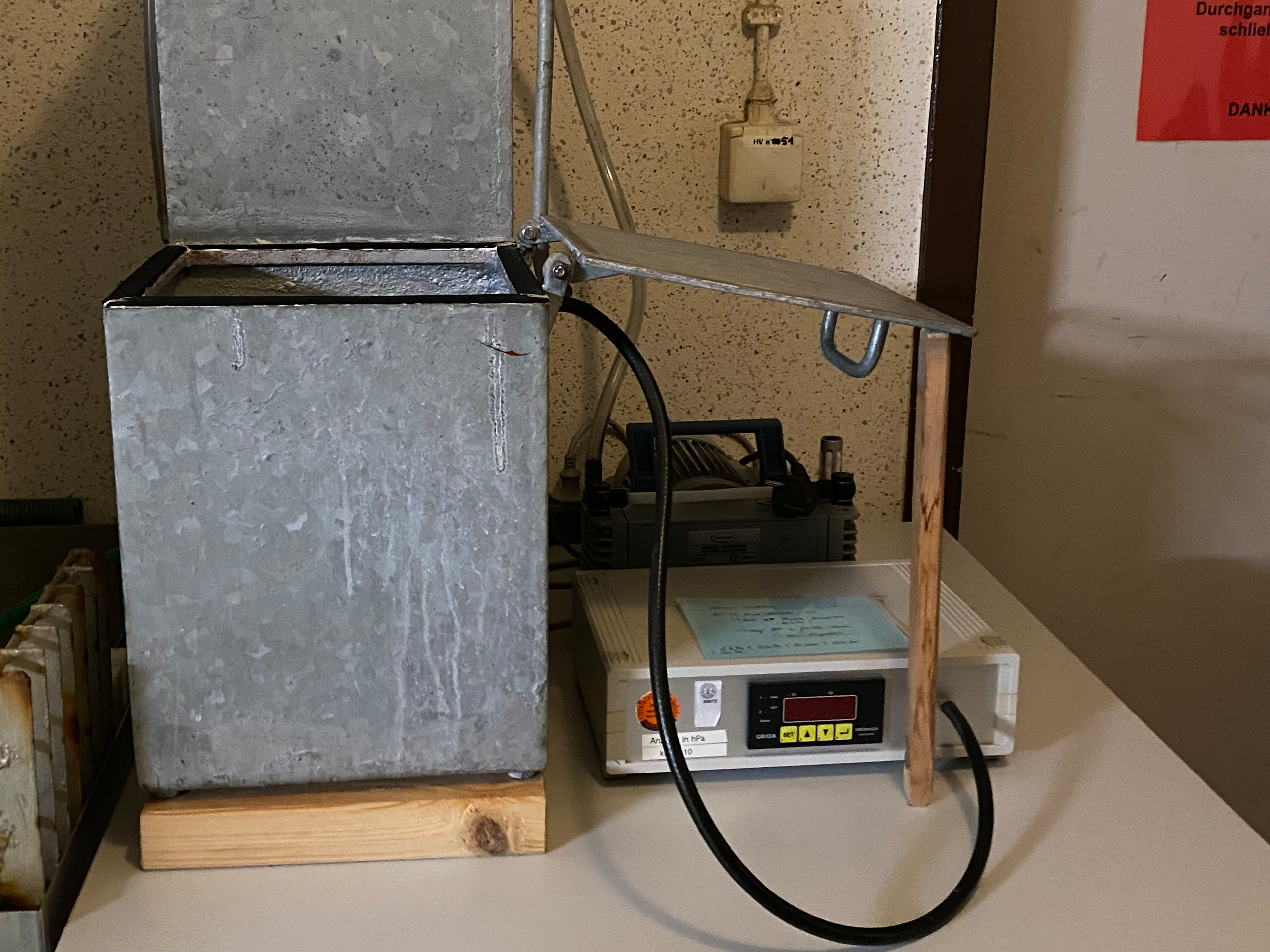
reading time – 5 min
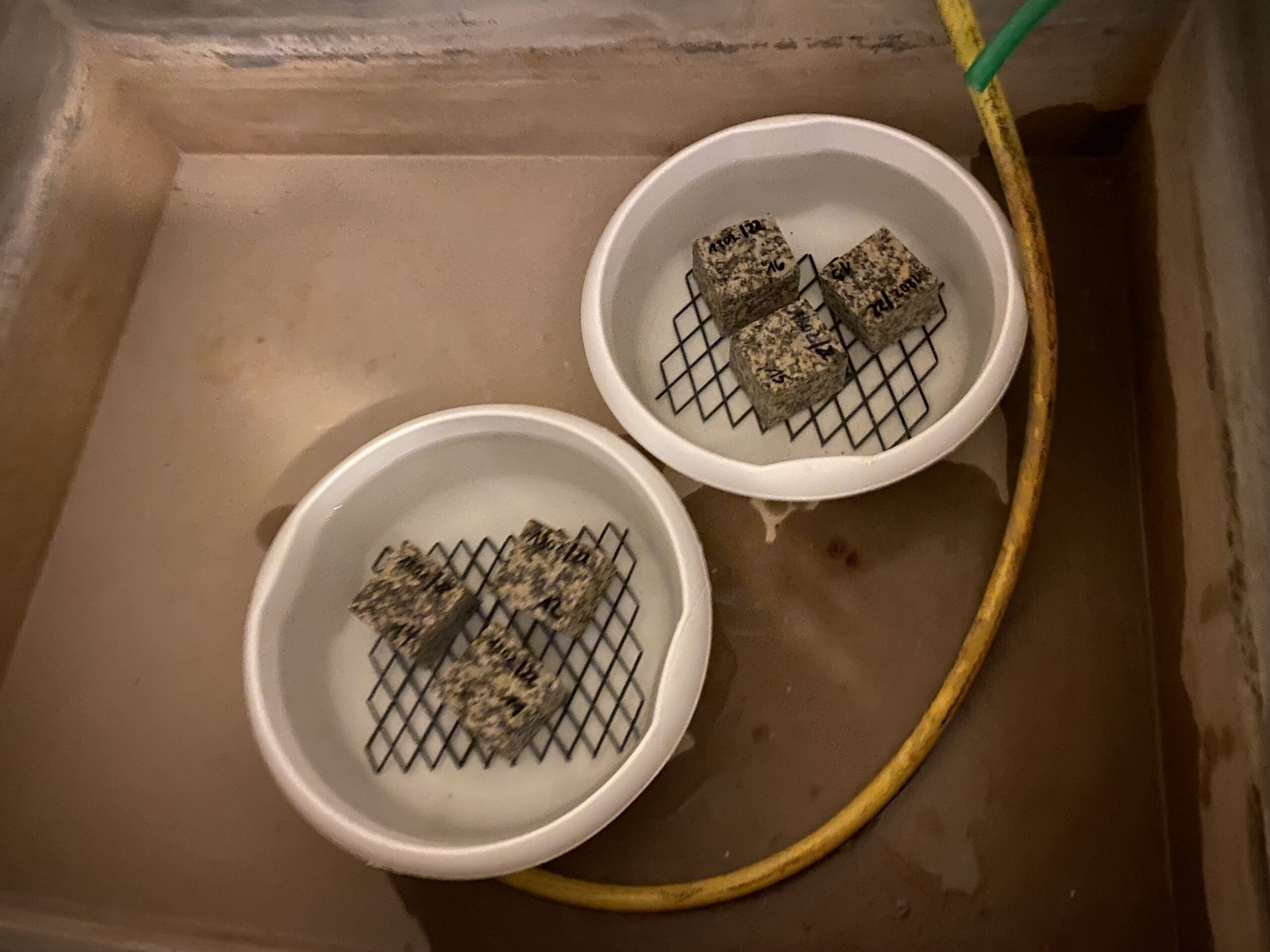
reading time – 5 min
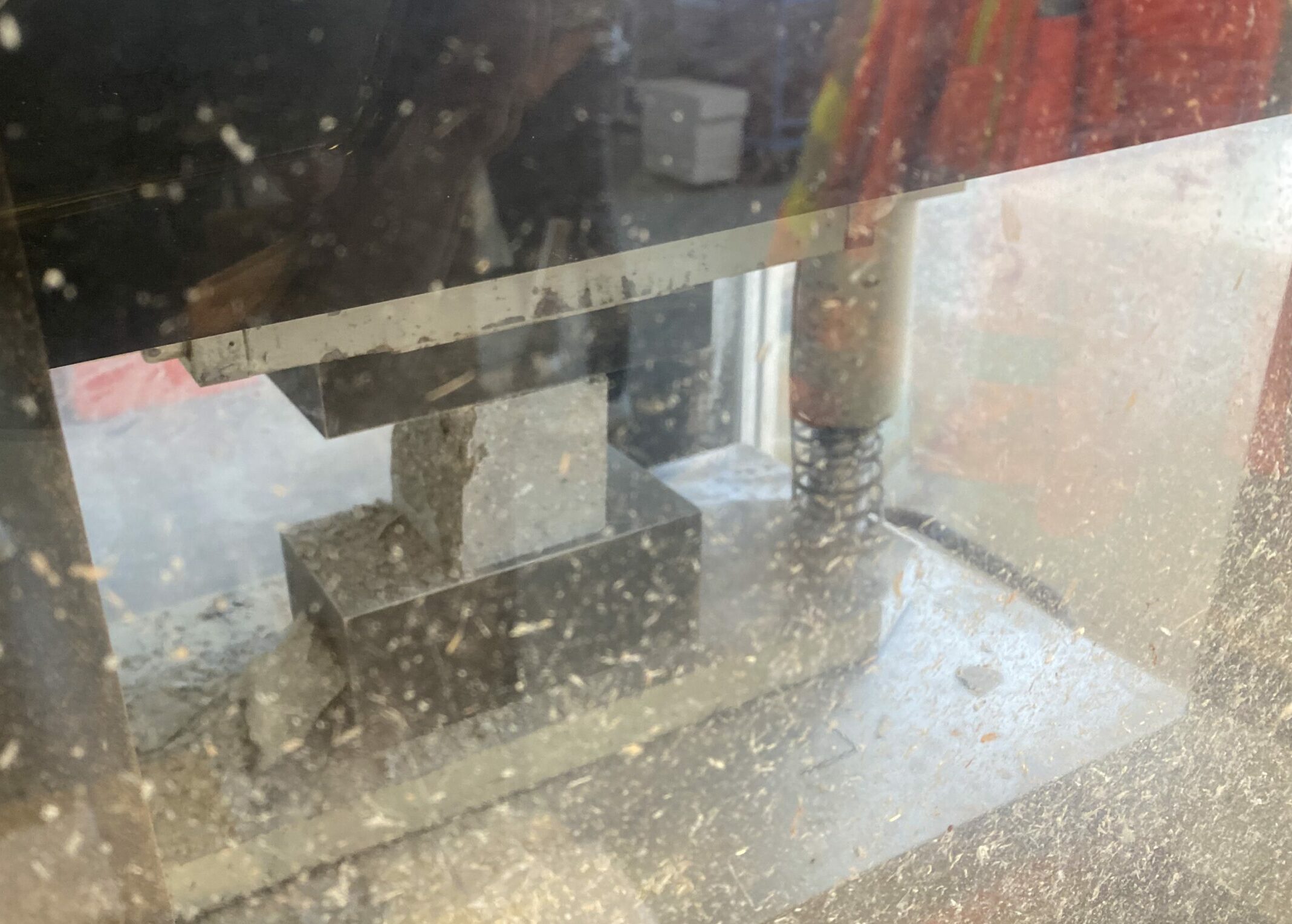
reading time – 4 min
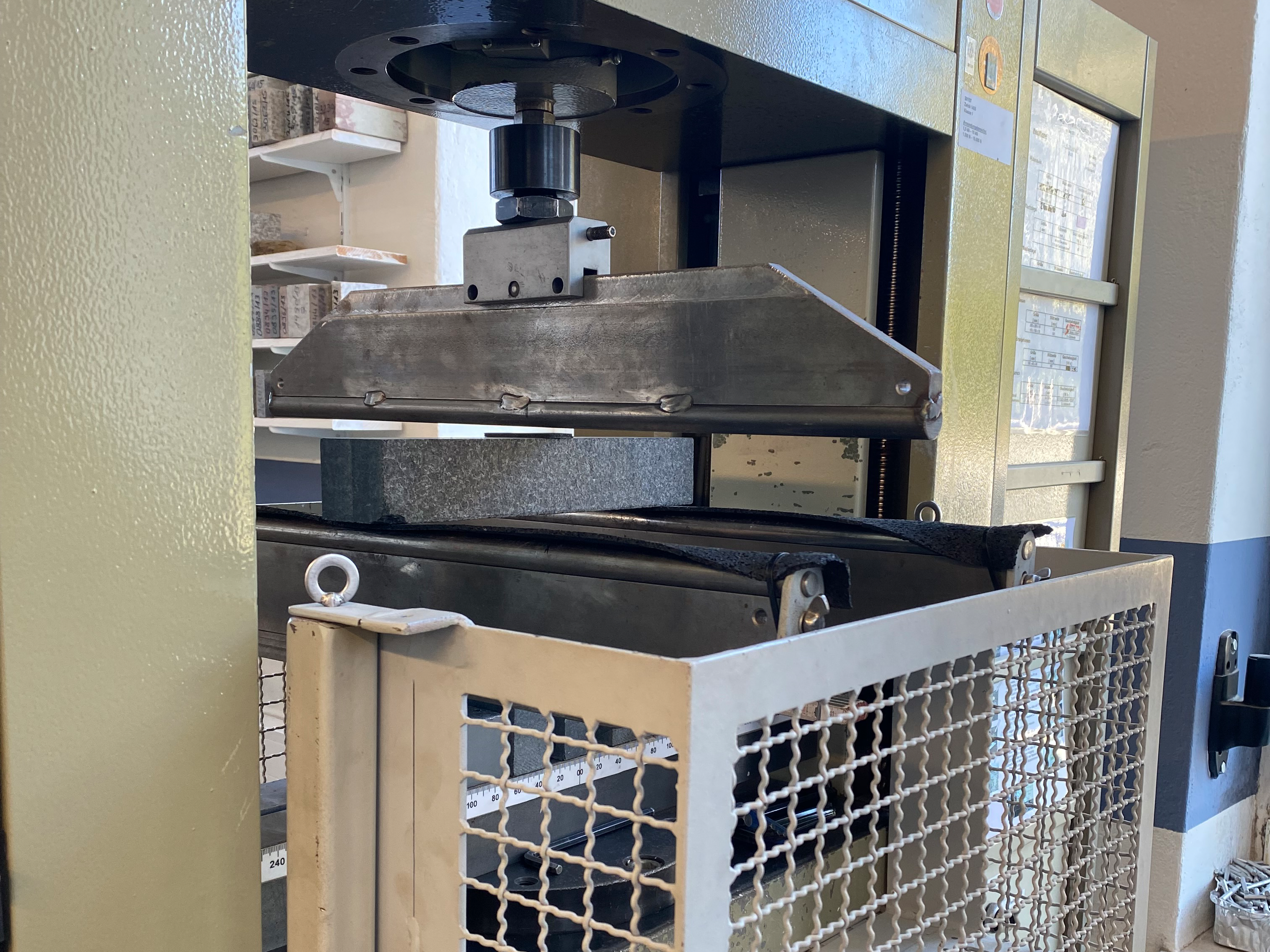
reading time – 4 min
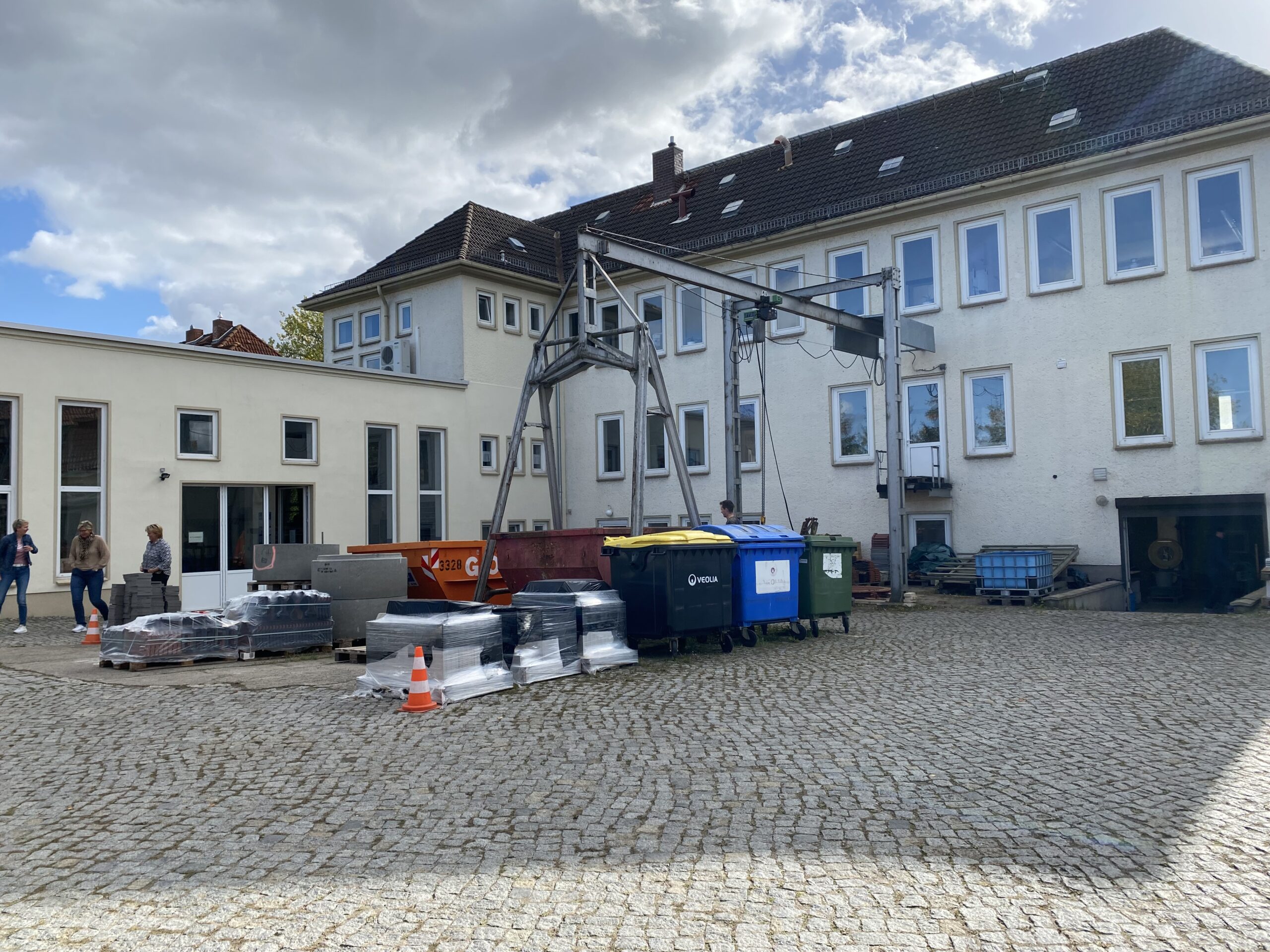
reading time – 2 min
